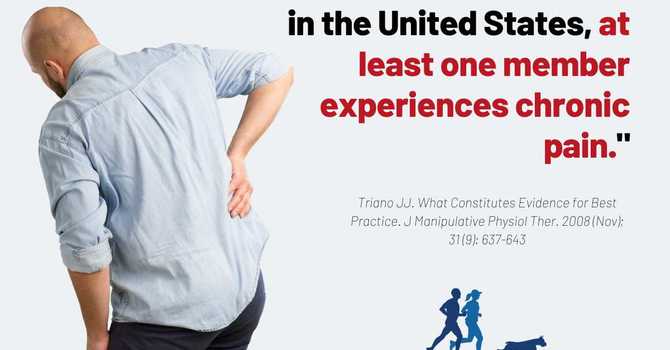
A study was done to evaluate the all too common activity before doing any sort of exercise —> stretching.
Does stretching benefit you? Let’s take a look at this study and break it down.
The research shows that stretching does increase flexibility BUT only in the short term (these gains are lost within 30 minutes)
Do my muscles “Actually stretch” after consistent stretching? Several studies (referenced in this study) show that there are no physical changes to the muscle length. Rather there is a change in stretch tolerance for the person. Meaning, because you do it so much, you’re okay (mentally) with going a bit further each consecutive time.
So does stretching work to make me more flexible? Yes and no. Using exercise to load the local tissues (e.g. Hamstrings) but it depends how we do it. Let us explain with more research used in this paper.
Strength training has been shown to change the physical property of the muscle-tendon complex. It’s been shown to produce the same results that static stretching does, but for the LONG TERM. Now when I say strength training, we mean anything that is exercise, it doesn’t need to be a heavy squat. It can as simple as something like an unweighted glute bridge.
One of the most researched concepts to increase flexibility is Eccentric training (sometimes known as “Negatives”). A consistent use of exercises for 6 weeks produces SIGNIFICANT increases in flexibility. Although eccentric training ONLY has been researched. Some preliminary studies on concentric and isometric contractions have proven to be valuable when looking for flexibility gains. When starting to use these methods, start in phases: isometric, concentric, and eccentric.
If you participate in any kind of sport recreationally or competitively this is for you. Static stretch DOES NOT enhance performance or reduce risk of injury (it actually has some correlation to do the opposite —> increasing injury risk). It should be AVOIDED and REPLACED with a proper warm up that includes exercise, to load muscles so you are primed and ready to go for anything. This ensures that you are able to withstand the contract-relax-contract phenomenon that muscles go through. Not only does an exercise program help with flexibility, there is considerable evidence showing a correlation to a REDUCTION in injuries and pain.
What we can gather from this paper is, stretching has been given too much credit. The all too common response to a statement like “My hamstrings are tight” is usually —> “Let me stretch it out for you”. The person proceeds to lift the tight leg up towards the effected person’s head to feel that hamstring stretch. A better way to alleviate that tightness = exercise to make the hamstring contract in various ways, which as been proven to increase flexibility.
We hope this short summary of current literature has helped you. Please follow us on social media @aligntohealth for more research and updates.
If any of the movements you try to do are painful, please go see a qualified practitioner. If you are in the Sonoma County, let us help you figure out why you are experiencing pain.




